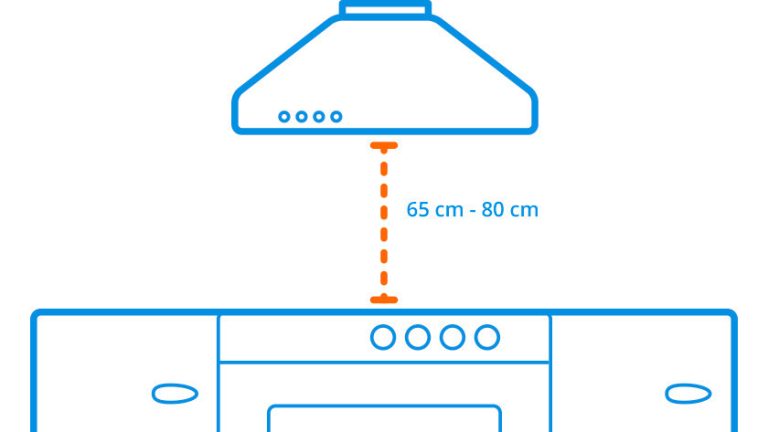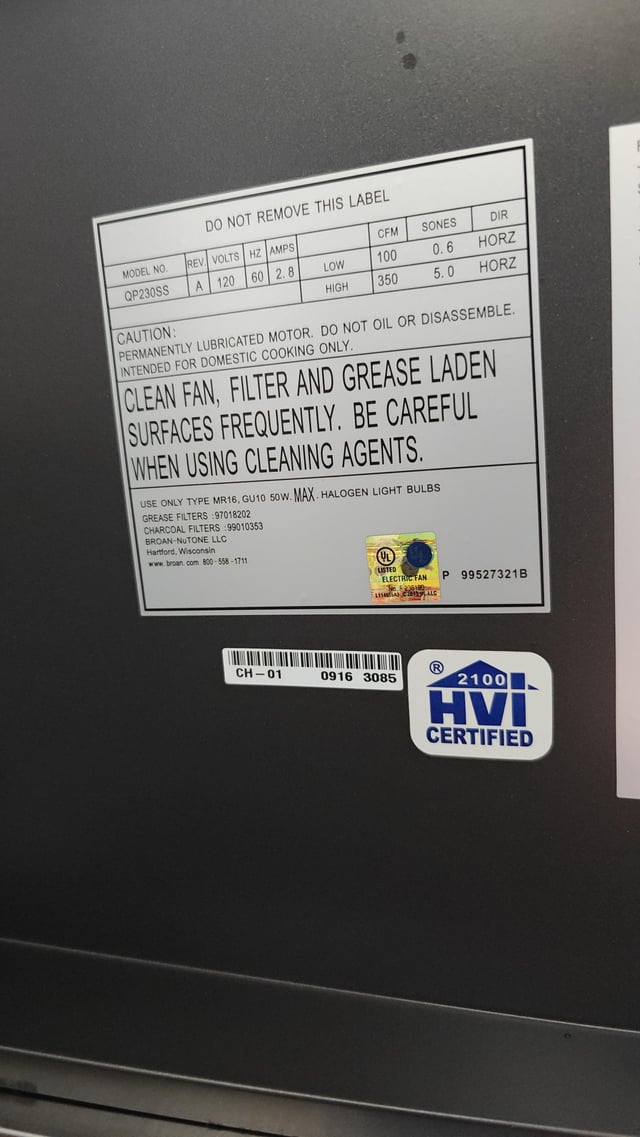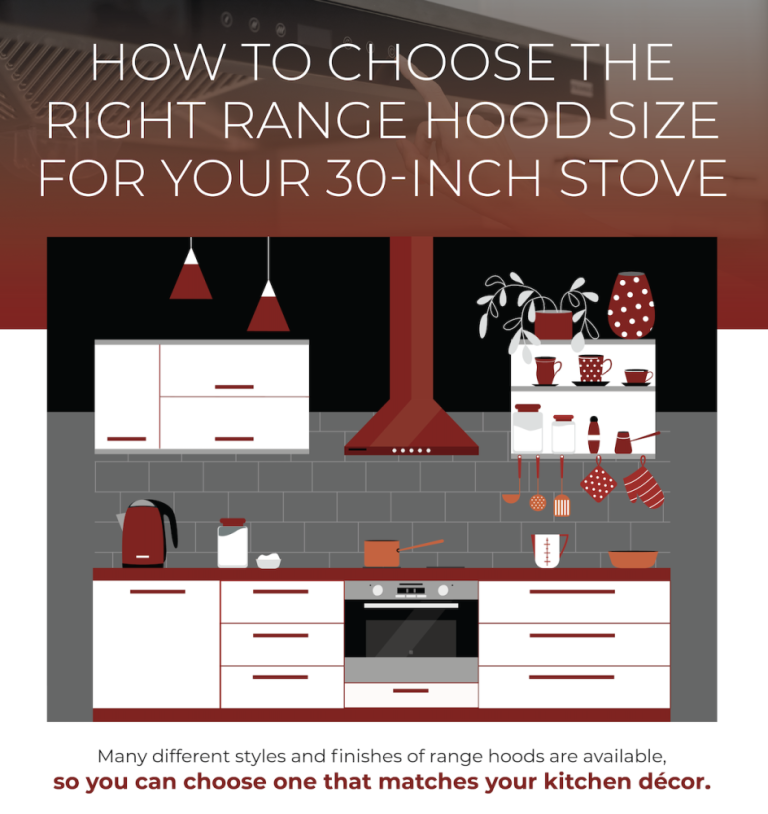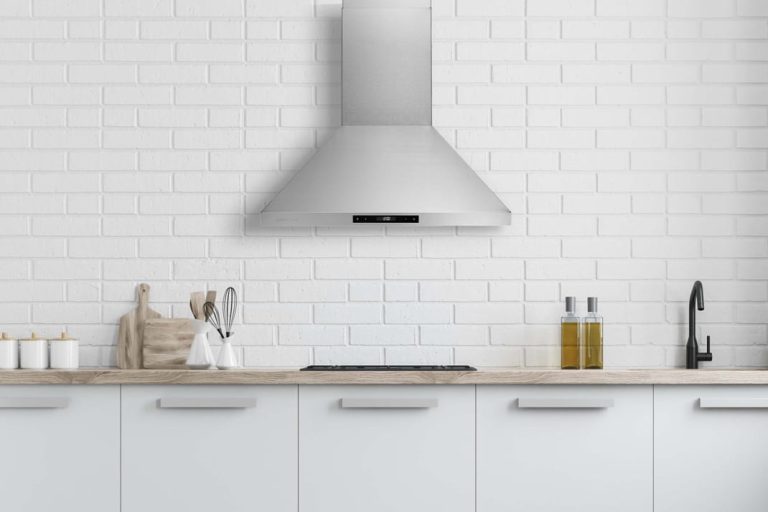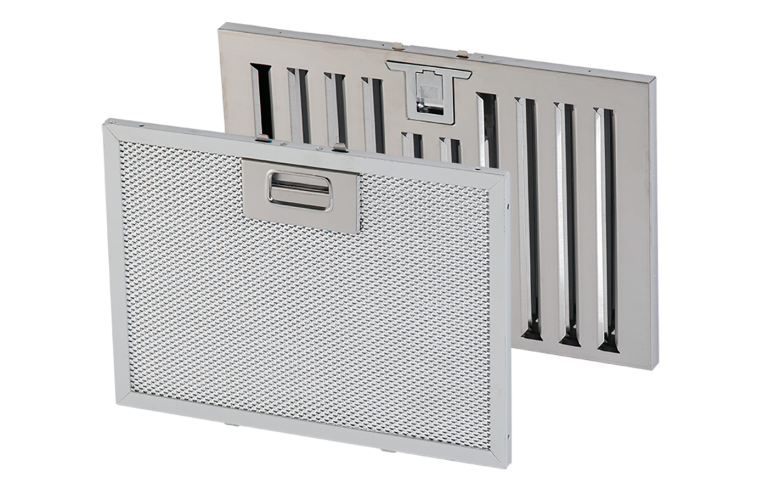Grease dripping from a range hood indicates poor ventilation or infrequent cleaning. Addressing this issue promptly prevents fire hazards and maintains kitchen hygiene.
Grease buildup in range hoods is a common problem in many kitchens. It not only looks unsightly but also poses significant health and safety risks. Grease accumulation can attract pests, create unpleasant odors, and even become a fire hazard. Regular cleaning and proper maintenance are essential to keep your range hood functioning efficiently.
By addressing grease drips promptly, you ensure a cleaner, safer, and more hygienic cooking environment. Simple steps like wiping down surfaces and using appropriate cleaning agents can make a big difference. Keep reading to learn practical tips on how to prevent and manage grease buildup in your range hood.

Credit: www.reddit.com
Causes Of Grease Dripping
Grease builds up quickly on filters. This makes them less effective. Airflow decreases and grease starts dripping. Clean filters regularly to avoid this problem. Replace filters if they are too dirty.
Poor ventilation can cause grease to accumulate. This leads to dripping. Ensure the vent is clear and working well. Check for blockages in the duct. Proper airflow is key to preventing grease buildup.

Credit: www.reddit.com
Immediate Quick Fixes
Remove the filters from the range hood. Soak them in warm, soapy water. Scrub gently to remove grease. Rinse the filters with clean water. Let them dry completely before placing back.
Check the fan speed settings on the range hood. Increase the fan speed to help reduce grease build-up. Higher speeds pull more air through the filters. This helps keep the kitchen air cleaner.
Tools You’ll Need
Essential tools for addressing grease dripping from your range hood include a screwdriver, degreaser, microfiber cloth, and safety gloves. Ensure a clean and efficient workspace to tackle the issue effectively.
Cleaning Supplies
You will need some basic cleaning supplies. Get a good degreasing cleaner. You will also need sponges and scrub brushes. A bucket of warm soapy water is essential. Don’t forget rubber gloves to protect your hands. Paper towels or microfiber cloths are good for drying.
Screwdrivers
A Phillips head screwdriver is often needed. You may also need a flathead screwdriver. These tools help in disassembling parts of the range hood. Make sure they are in good condition. Keep them handy while cleaning.

Credit: www.youtube.com
Step-by-step Cleaning Guide
Tackle grease dripping from your range hood with this easy step-by-step cleaning guide. Ensure a spotless kitchen by following practical tips to remove stubborn grease efficiently.
Removing The Filters
First, unplug the range hood for safety. Locate the filters under the hood. Most filters slide or pop out easily. Remove the filters and place them in a sink filled with hot water. Add dish soap and a bit of baking soda to the water. Let the filters soak for 15 minutes. Use a scrub brush to clean off the grease. Rinse the filters with warm water. Dry them with a clean towel before placing them back.
Degreasing The Hood
Mix equal parts of water and vinegar in a spray bottle. Spray the solution on the hood’s surface. Let it sit for a few minutes. Wipe the hood with a soft cloth. For tough grease, use a baking soda paste. Apply the paste to greasy spots. Scrub gently with a sponge. Rinse with a damp cloth and dry with a clean towel.
Preventive Maintenance Tips
Cleaning the range hood weekly helps prevent grease buildup. Use warm, soapy water to clean the exterior. Remove and wash filters every month. This keeps them free from grease. Make sure to dry filters completely before reattaching. A clean range hood works more efficiently and reduces fire hazards.
Ensure the ventilation duct is clear. Blocked ducts can cause grease to drip. Check for any obstructions and remove them. Inspect the exhaust fan to see if it works properly. Replace it if necessary. Proper ventilation prevents grease accumulation and keeps the kitchen air clean.
Choosing The Right Cleaning Products
Eco-friendly cleaners are safe for the environment. They also protect your health. Look for plant-based ingredients. These are less harsh. Vinegar and baking soda work well. They cut through grease easily. Lemon juice is another option. It’s natural and effective.
Some cleaners come in recyclable packaging. This reduces waste. Always read the labels. Make sure they are non-toxic and biodegradable. This keeps your kitchen clean and green.
Heavy-duty degreasers tackle tough grease. They are more powerful. These products break down stubborn stains. Some contain strong chemicals. Always wear gloves and masks. This keeps you safe.
Use commercial-grade cleaners for heavy buildup. Follow the instructions closely. Ventilate the area well. Open windows and doors. This helps to clear out fumes. Choose the right product for the job. It makes cleaning easier and faster.
When To Call A Professional
Grease dripping from the range hood indicates the need for professional help. Experts ensure thorough cleaning and prevent potential fire hazards. Regular maintenance by professionals extends the lifespan of your range hood.
Signs Of Serious Issues
Grease dripping constantly is a big problem. Strange noises from the range hood can be a warning sign. A burning smell is very dangerous. If the fan is not working, there might be a bigger issue. Smoke in the kitchen means it’s time for expert help.
Finding A Reliable Technician
Look for technicians with good reviews. Ask friends for recommendations. Check online ratings. Certified professionals are always better. Compare prices before choosing. Make sure they offer a warranty for their work. Always ask for a written estimate.
Upgrading Your Range Hood
A range hood with LED lighting can make cooking easier. Choose a hood with a quiet motor. Look for easy-to-clean filters to save time. Some hoods have smart features like app control. Auto-cleaning functions are also available. Stainless steel models are durable and look great. Choose a hood with multiple fan speeds. Consider a hood with heat sensors for safety. Touch controls are easy to use and clean. Energy-efficient models save money on power bills.
Measure the space before buying a new hood. Ensure there is proper ventilation. Follow the manufacturer’s instructions carefully. Turn off the power before installation. Use the right tools and materials. Mount the hood securely to the wall or ceiling. Connect the hood to the ductwork properly. Test the hood after installation. Seal gaps to prevent leaks. Seek professional help if unsure.
Frequently Asked Questions
Why Is Grease Dripping From My Range Hood?
Grease drips from your range hood due to accumulated grease and oil in the filters. Regular cleaning prevents this.
How Often Should I Clean My Range Hood Filters?
Clean your range hood filters every three months. Frequent cooking may require more frequent cleaning.
What Is The Best Way To Clean Range Hood Filters?
Remove the filters and soak them in hot, soapy water. Scrub and rinse thoroughly.
Can A Dirty Range Hood Cause A Fire?
Yes, excessive grease buildup can be a fire hazard. Regular cleaning reduces this risk significantly.
Conclusion
Dealing with grease dripping from your range hood is essential for kitchen cleanliness. Regular maintenance and proper cleaning can prevent buildup. Following the tips shared can ensure your kitchen remains grease-free. Keep your range hood in top condition to enjoy a healthier cooking environment.
Consistent care leads to a longer-lasting appliance.
